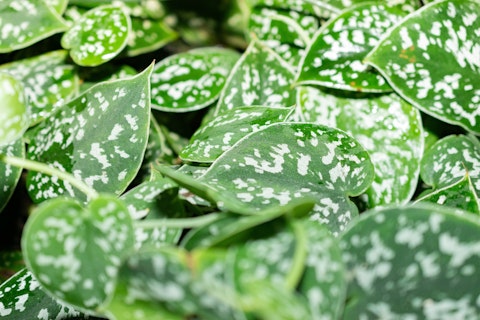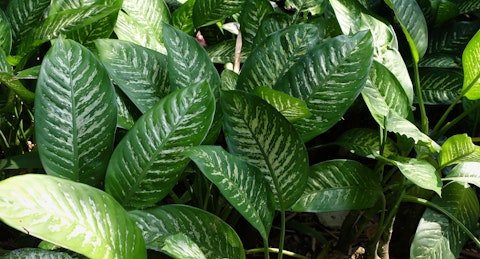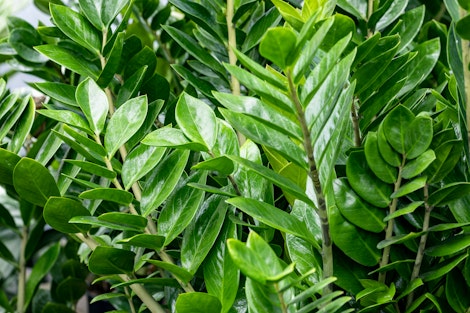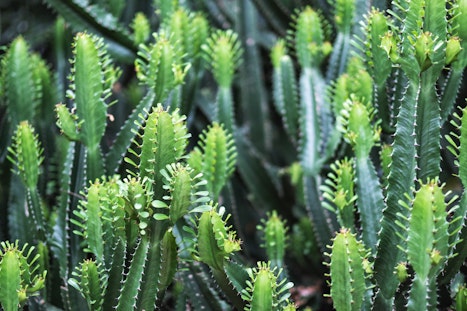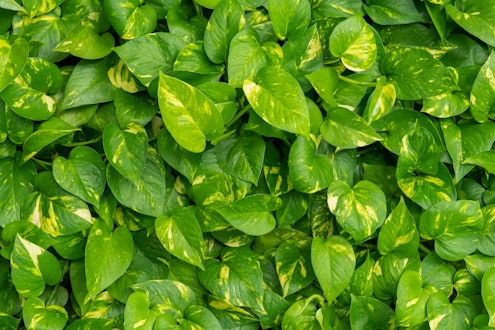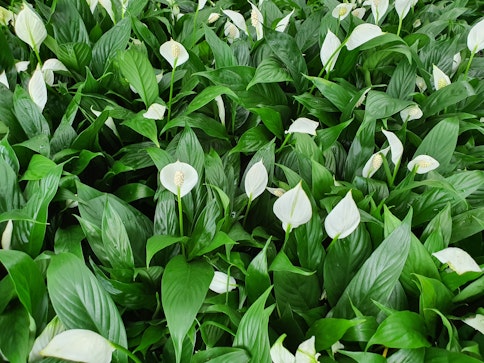
- Home
- Ficus: General Care
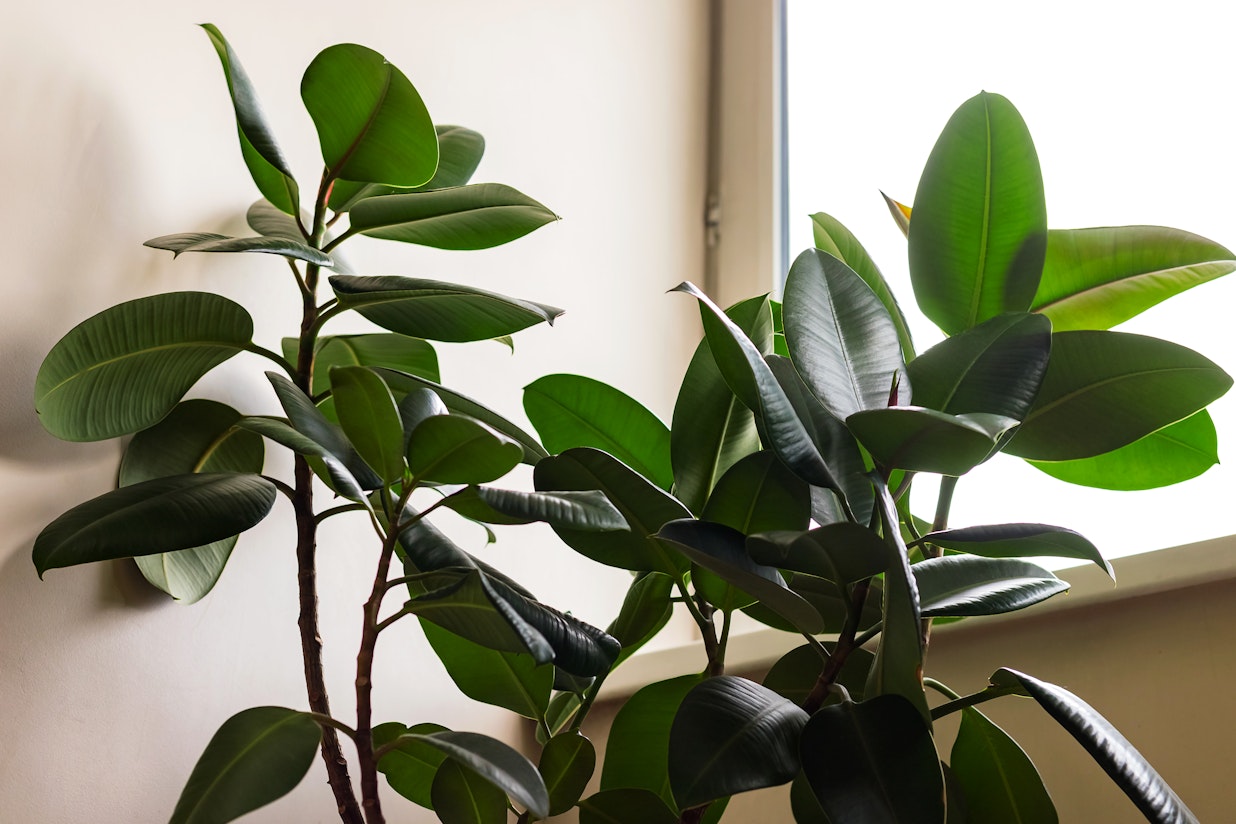
What is a Ficus?
Ficus are a genus of large growing, flowering trees from the Moraceae family. They are regarded as great plants for beginner plant keepers and provide us with a vast array of colours, shapes and sizes to create easy variety in our plant collections. The name Ficus comes from the latin ‘Ficus’ meaning ‘fig’, which is derived from the fact that these plants produce the fruit we call figs, the most famous of which being the edible fruits from Ficus carica (Fig Tree) and Ficus sycomorus (Sycamore Fig Tree). Ficus are native across the tropics with a few extending to the cooler temperate zone.
How to care for Ficus
Ficus are an easy to care for plant, which yield consistently great growth. Despite their lack of difficult requirements, it's still important to have an overview of what specific care they need, which I have provided below!
Watering: Ficus are fast growers with big root systems, and it’s likely that they will dry out faster than some of your other plants. With this in mind, its best to check your soil before watering. If you allow the soil to start drying out between waterings you reduce the risk of any overwatering, which would be a sure way to lose your plant! As ficus generally stems from one point in the soil, root rot can very quickly take the entire plant!
Potting: A chunky mix that drains well is the best option for a Ficus. I’d recommend combining coco coir, pine bark and a mineral inclusion like perlite or pumice. The mineral would keep the soil loose and aerated, while the bark would help with water regulation. This would give the root system loads of space to grow while allowing it access to pockets of moisture.
Light: Of the common houseplants, Ficus generally can handle more light than others. It can do well on a windowsill or a sunny spot. Generally, if the plant is smaller it is recommended to give it a little less light until it matures a little more, but the amount of light it receives will help it grow to its fullest potential.
Feeding: In the winter, Ficus almost religiously go dormant, which means they can sit untouched for the colder, darker months and prepare themselves for growth spurts in the spring and summer. To account for this, feeding should only really be done during periods of active growth, I’d recommend doing it every other week, or weekly if your plant is in a really bright spot. A new leaf will always be forming immediately after the last, from the same place. This means that it is easy to identify periods of active growth in Ficus.
Pests: Ficus tend to resist the jaws of smaller pests like thrips and aphids. However, their thick, fleshy leaves and stems are very tempting to mealybugs and scale insects, so keep your eyes peeled for any waxy substances on the stems or underside of the leaves.
Potential Issues with Ficus
Leaf yellowing: Generally, older leaves yellowing and dropping off are not a problem. But if there seems to be a consistent problem with leaves at any point yellowing and falling then it is likely a systemic issue such as root rot.
Stem Rot: Plants that grow from a central stem (such as tree species) are more prone to damage from a rotting stem. This is because they are connected to their root system by a single medium, so if a problem arises in the stem, it can easily trouble the link between the roots and the rest of the plant. Keep your eye out for parts of the stem that are discoloured or thin and parts of the stem that seem fleshy or weeping.
Nutrient burn: Nutrient burn is common in fast growing plants. In Ficus generally, a silvery sheen and patches of crispy brown can form on the surface of leaves, which is usually a tell of a plant being overfed. Make sure to feed appropriately, and remember that more food does not always equal more growth!
Phototropism: Ficus require quite a bit more light than most people are used to giving to houseplants. If you find your plant is growing in all kind of crazy loops and bends in the general direction of a window, it is likely that it is actively seeking out more light. Consider moving it in the direction it is growing, if you can!
Ficus species to check out:
Ficus elastica
Ficus benjamina
Ficus deltoidea
Ficus lyrata
Ficus maclellandii
Ficus benghalensis
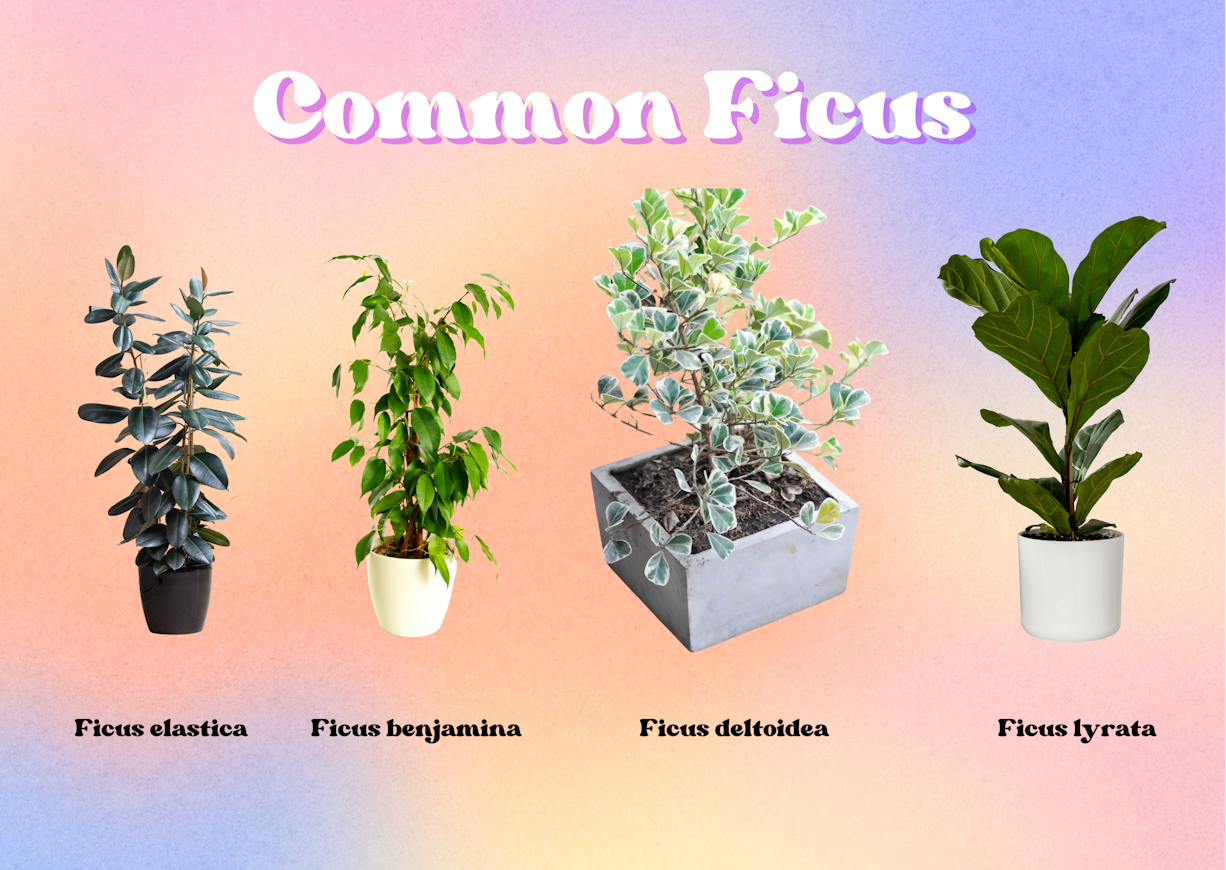
Jonathan Davies
Jonny has worked at Root since May 2023. His love for plants was inherited initially from his grandparents and parents, but really took off once he moved into his own place, where he started picking up small plants and was fascinated by watching how they grow and change over time. Jonny has a degree in Archaeology and Classics from the University of Sheffield, and a masters in Egyptology from Swansea University, where he primarily focused on garden culture in the ancient world, which he has managed to extend to a PhD thesis in the University of Liverpool, where he has been able to combine his love for plants with his love for ancient language and culture. Jonny loves being in the natural spaces around North Wales and Cheshire where he used to go growing up, and often spends hours examining the plants and trees, and kicking up the leaf litter searching for mushrooms and insects. He is fascinated most by plant biology, taxonomy and learning about ecosystems and interactions between plants and their environmental counterparts, and enjoys tending to his varied array of houseplants, and ongoing ‘plant projects’, such as growing plants from seeds and creating living epiphyte displays. Aside from his green thumb, his other interests include: art, reading, listening to and playing music in the company of his cats, Spooky and Boo.
More by Jonathan DaviesRelated Articles
View all articles
